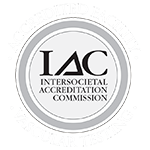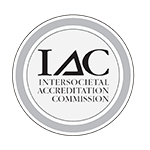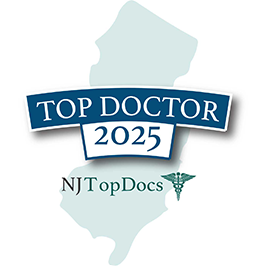
A pregnancy can be one of the most beautiful experiences one can go through. While many women experience a “glow” during this time, it can also bring on conflicting emotions. While new life is growing, there may be days when you’re frustrated by stretch marks, a growing abdomen, a disappearing waistline, and an overall change of appearance.
One common side effect we have seen with pregnancy is the appearance of spider veins and reticular veins on the breasts, thighs, hips and abdomen during and after pregnancy. A combination of multiple factors such as hormonal changes, weight gain, and loss of muscle tone is the cause, with genetics as a predisposing factor.
While pregnancy can bring on many bodily changes, in this post we want to address postnatal breast vein issues and treatments that can help restore your body's natural beauty after pregnancy.
What are Postnatal Breast Veins?
Postnatal breast veins are a common condition that can cause redness, swelling, and bulging of the veins on your breasts. These veins start to appear in the first trimester and continue to become more visible throughout pregnancy. Blood volume rises significantly during pregnancy, and your veins are hard at work keeping up with the flow.
They often continue to occur after pregnancy due to the hormonal changes your body is going through, as well as other factors.
What Causes Postnatal Breast Veins?
During pregnancy, your breasts grow to prepare for breastfeeding and storing milk for your baby. This growth process leads to high estrogen levels in the body, making it easier for blood vessels to break through connective tissue under the skin (subcutaneous tissue).
These new blood vessels can form spider or reticular veins on the skin's surface. Postnatal breast veins occur when these new vessels grow outside of subcutaneous tissue into deeper layers below the skin (submuscular), causing them to appear bluer than normal veins underneath the breast area.
These veins are not dangerous, but they can be a source of concern, especially if they form in places where they're visible through clothing.
The good news is that there are treatments available to get rid of these veins. Here are some options:
Sclerotherapy
Sclerotherapy is the most common cosmetic procedure used to treat veins in the chest area. This treatment involves injecting a liquid chemical called a sclerosant into the problematic veins, which causes them to collapse over time—which means no more visible veins! The sclerotherapy procedure takes around 20 minutes and is completed without the need for anesthesia. Afterwards, you might experience mild bruising and itching for two weeks. It’s a popular choice for spider and reticular vein issues since it costs less than surgery, has easy unobtrusive post-treatment care, and enables an immediate return to work and daily activities in most cases.
Laser Therapy
Surface laser treatment uses light energy to destroy the blood vessels in your skin. Laser technology has evolved to allow experienced vascular doctors the ability to target only very specific veins while ensuring not to damage surrounding tissues. The procedure only works well for the smallest spider veins in your leg, breast, or face. Reticular veins are too large to adequately treat with laser. It's quick and easy, with minimal downtime after treatment—you'll be able to go back to normal activities right away. You may still have some slight redness or swelling for up to one week after treatment, but it will quickly disappear.
Some Common Postnatal FAQs:
Can You get Vein Treatment When Breastfeeding?
Many people are concerned about getting cosmetic treatments while breastfeeding because it's not clear whether or not it is safe to do so. However, the truth is that there is no evidence that getting a cosmetic treatment while breastfeeding will harm you or your baby.
If you decide to have a procedure done while breastfeeding, ask if the doctor can recommend any special precautions you should take so they don't accidentally expose your breast milk to the chemicals in their treatment.
How Long Should You Wait After Childbirth to Get Spider Veins Treated?
We usually recommend waiting three to six months after giving birth before having any cosmetic treatments done.
Waiting allows your body time to heal from the trauma of giving birth ensuring that the veins are fully healed before undergoing any procedures that might irritate them further or make them worse.
Bottom Line
Not all women who suffer from spider or reticular veins opt for treatment, but the benefits of these treatments are undeniable, going beyond simple aesthetics. These procedures are much safer than undergoing surgery. They can have an immediate impact on your confidence and quality of life.
For more information on how you can benefit from these treatments, schedule an appointment today with one of our specialists at Vein Institute of NJ at The Cardiovascular Care Group.








